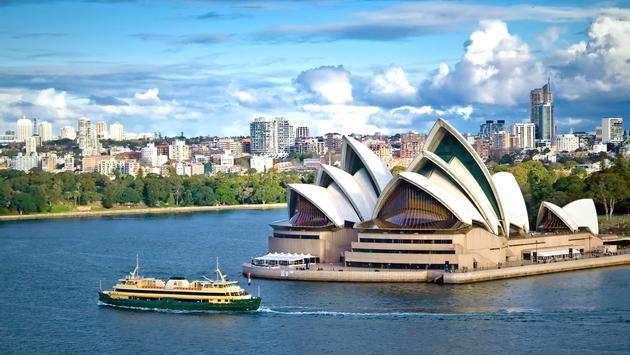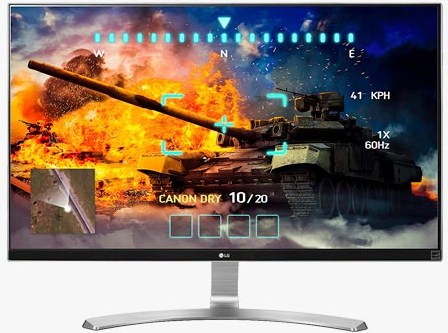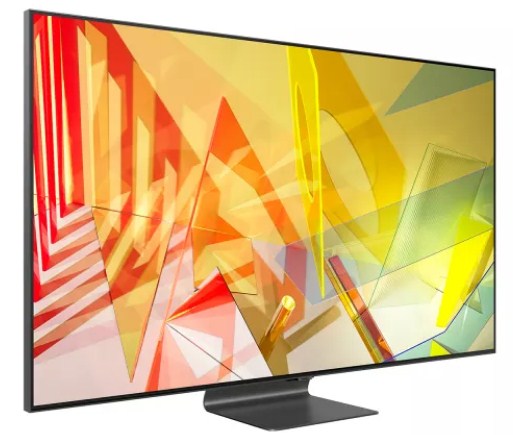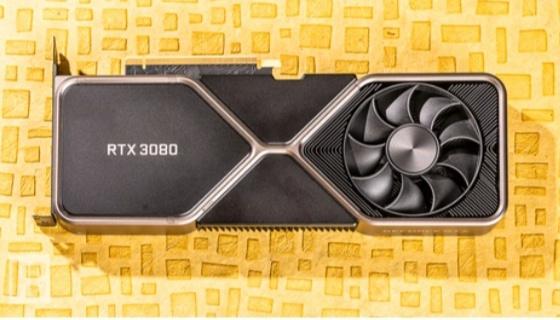Category: Graphic Card
Tags: All About 4K
What Is FPS? Everything You Should Know On Your 4K

FPS stands for “Frames Per Second.” FPS is used to measure frame rate the number of consecutive full-screen images that are displayed each second. Frames Per Second or FPS is the rate at which back-to-back images called frames, appear in a display and form moving imagery. It is a common specification used in video capture and playback and is also used to measure video game performance.
On average, the human eye can process 12 separate images per second. This means a frame rate of 12 FPS can display motion, but will appear choppy. Once the frame rate exceeds 12 FPS, the frames appear less discrete and start to blur together. A frame rate of 24 FPS is commonly used for film since it creates a smooth appearance. Many video cameras record in 30 or 60 FPS, which provides even smoother motion.
Also, FPS refers to the frequency at which consecutive images or frames appear on a display per second. The 4k@60fps means an image with a resolution of 3840×2160 or 4096×2160 pixels is displayed 60 times per second. Frankly, there are some other types of frame rates, e.g. 24fps, 30fps, 120fps, except for 60fps.

Whats the difference between 24FPS, 30FPS and 60FPS?
The difference between different frame rates has to do with how the image looks. 24fps, 30fps, and 60fps all have different looks, with the main difference between each being the number of frames captured per second. Heres a breakdown of some of the most common frame rates:
24FPS IS WHAT YOU MIGHT SEE MOST FOR VIDEO RECORDED FOR THE WEB.
THATS BECAUSE:
- Standard for any feature film.
- Its the standard for most TV.
- Its the most cinematic frame rate out of all.
30FPS IS A CLOSE-SECOND STANDARD FOR VIDEO AROUND THE WEB.
- Its the standard for Live TV and sports.
- Its the standard for a soap operas, and
- A lot of video recording apps for smart phones, like Instagram, use 30fps.
60FPS IS USED TO RECORD VIDEO THAT WILL BE EDITED IN SLOW MOTION.
- 60fps, 120fps, and 240fps are all high frame rates used for slo-mo.
- Typically, video is recorded at 60fps and then slowed down to 24fps or 30fps in post production to create that smooth slow motion effect.
- If you tried to do the same thing with a video shot in 24fps, it would look like choppy, slow motion because there arent any extra frames like there are in a frame rate like 60fps.
Can the eye see more than 60FPS?
Yes! The human eye can react to visual signals in less than one millisecond. Or, translate that to a frame rate of 1,000 fps. But, when it comes to the screens that we use to view video. Most LCD screens only have a refresh rate of 60 hertz (hz). This means, even if we were viewing something at 1,000fps, it would essentially only deliver 60fps to our eyes.
Why does Frame Rate matter?
Frame rate greatly impacts the style and viewing experience of a video. Different frame rates yield different viewing experiences. And choosing a frame rate often means thinking about multiple factors. Such as how realistic you want your video to look or whether or not you plan to use techniques like slow motion or motion-blur effects.
For example, Hollywood-style movies are usually displayed at 24fps, since this frame rate is similar to how we see the world and creates a very cinematic look. Live videos or videos with a lot of motion, such as sporting events or video game recording, often have higher frame rates because theres a lot happening at once. A higher frame rate keeps the motion smooth and the details crisp.
On the other hand, people who create animated GIFs will often sacrifice detail for smaller file sizes and choose a low frame rate.
What FPS should you shoot videos on?
First of all, there is no such thing as the best frame rate. As stated above, different frame rates yield different results, so selecting the best one means going with the option that best fits what youre trying to create.
Even though the frame rate is a relatively straightforward concept, theres a fair amount of controversy around which rates provide the best viewing experience, and theres research that builds the case for just about any frame rate. Controversy aside, here are four things you need to keep in mind when choosing a frame rate.
depends on the kind of video youre aiming for.
- Cinematic: If youre aiming for a cinematic 24fps is for you.
- Social Media, Videos, Ads and YouTube: If youre shooting it for social media it can be 30fps, which is the default and most widely used format. If youre shooting action videos and you want them to look more realistic or play around with them later, we suggest you shoot at 50 or 60fps.
- Old School: If you want the film to look old (think a Charlie Chaplin movie!), you can shoot at 12-16fps.
30 and 60 are the most common fps available on smartphones for your regular social media posts. Shooting at higher FPS will deliver smooth footage and also give you the ability to slow it down by processing it through a video editor without any jitters or shakes. This is used mostly in the case of a slo-mo video or a shot.
Anything above 60fps or higher can be used for a slow-mo, some phones have a slow-mo mode built-in that shoots in 240fps and this enables you to slow the video down 10 times later using a video editor.
Does higher FPS mean higher quality?

A higher fps does not mean a higher quality video. When you change your frame rate, youre not changing the file output size (e.g., 1080p / 4k). Whether you shoot 24fps or 120fps, you can have the same 1080p HD quality output. But, something to consider is that a higher frame rate can help you achieve a smoother shot if youre shooting handheld. Because everything is slowed down, all of the camera shakes will be less noticeable.








